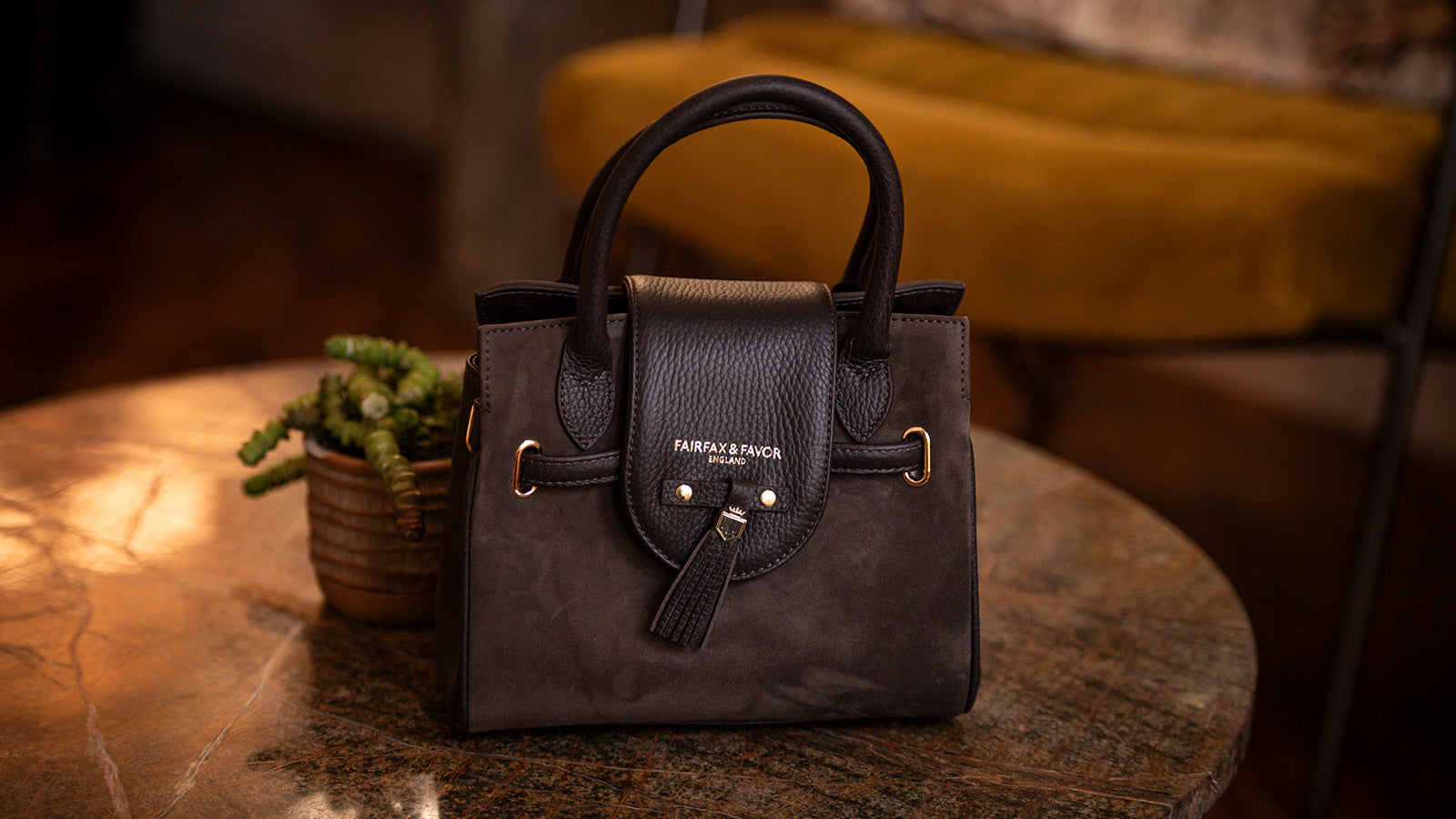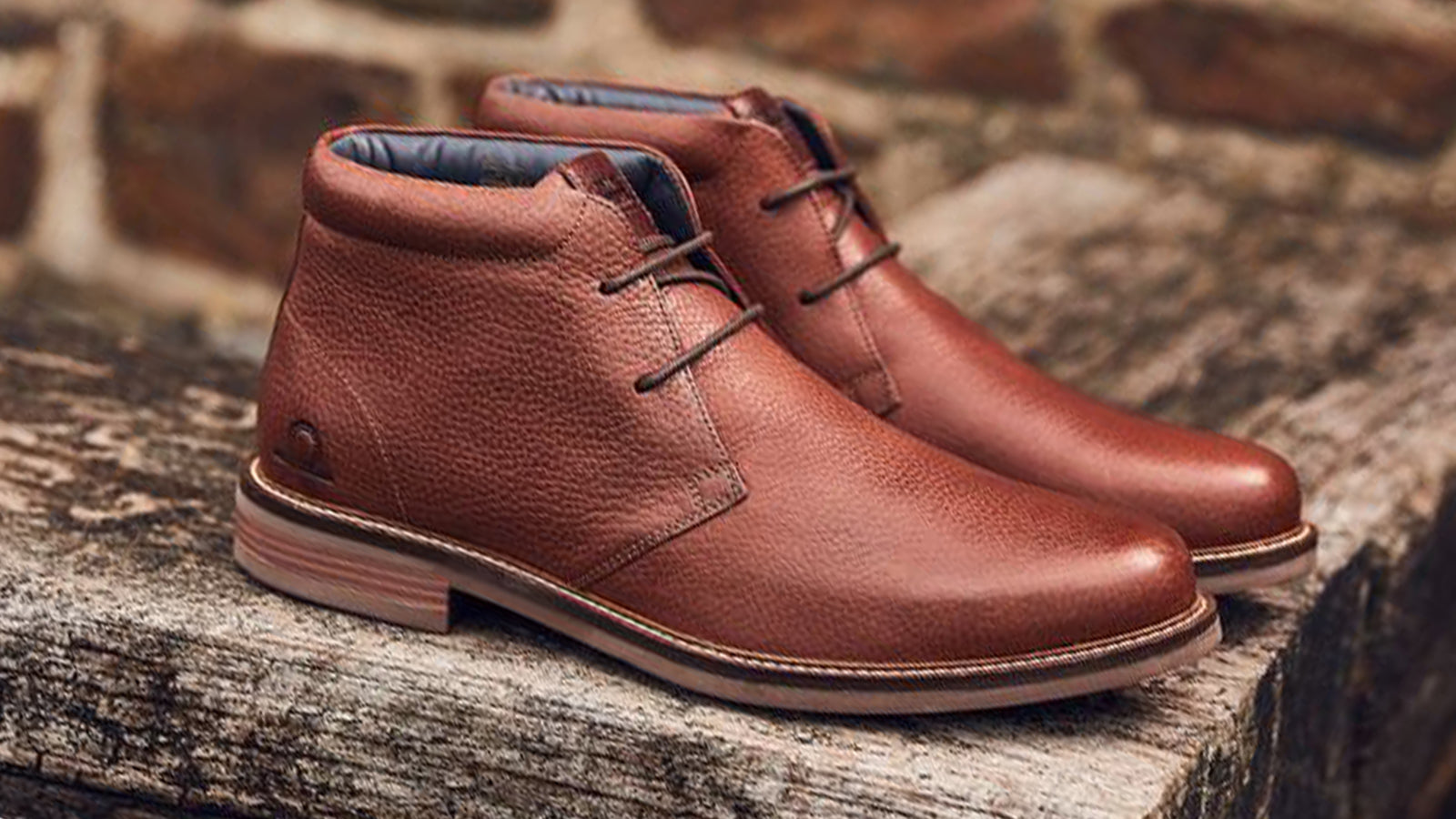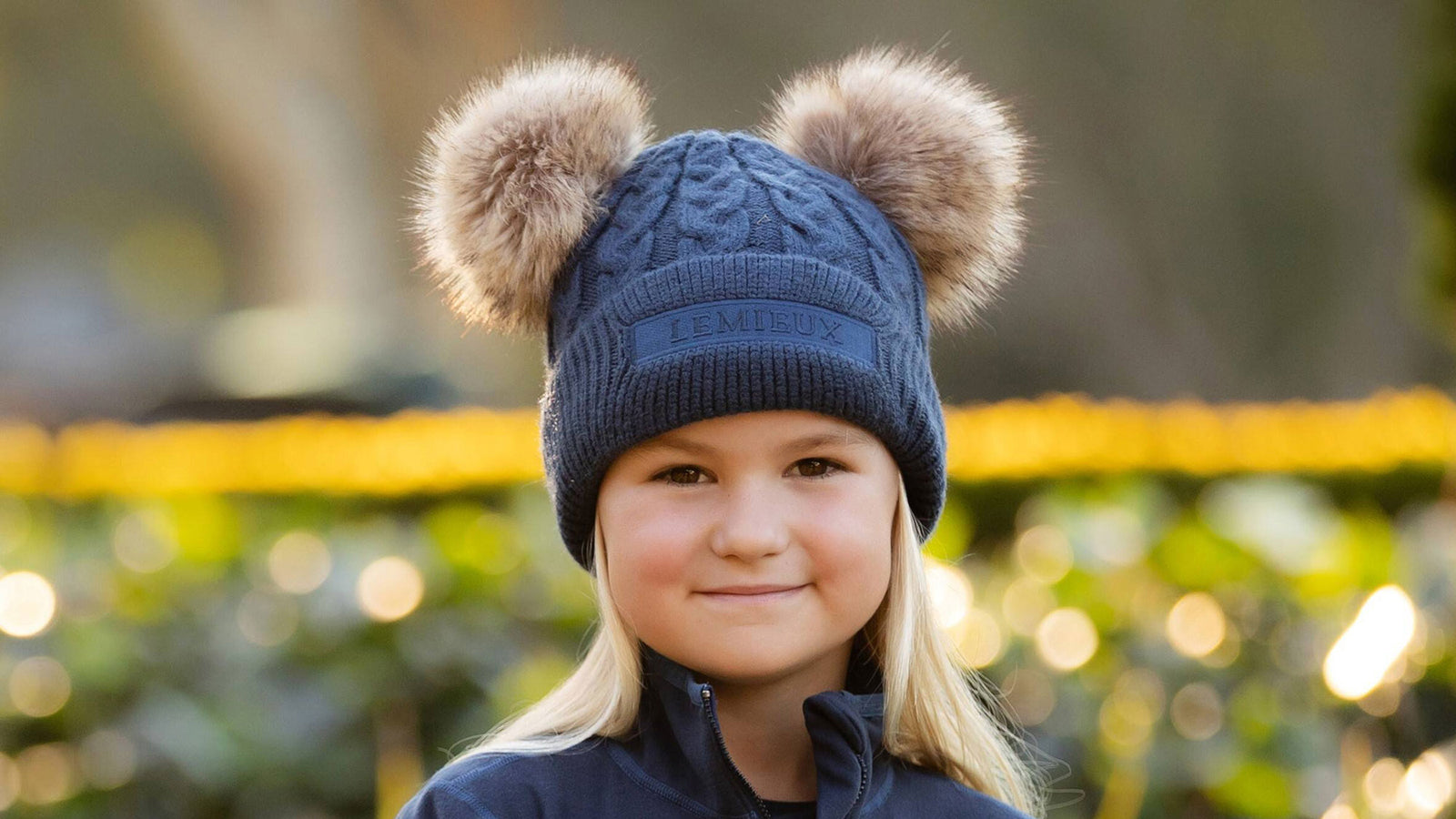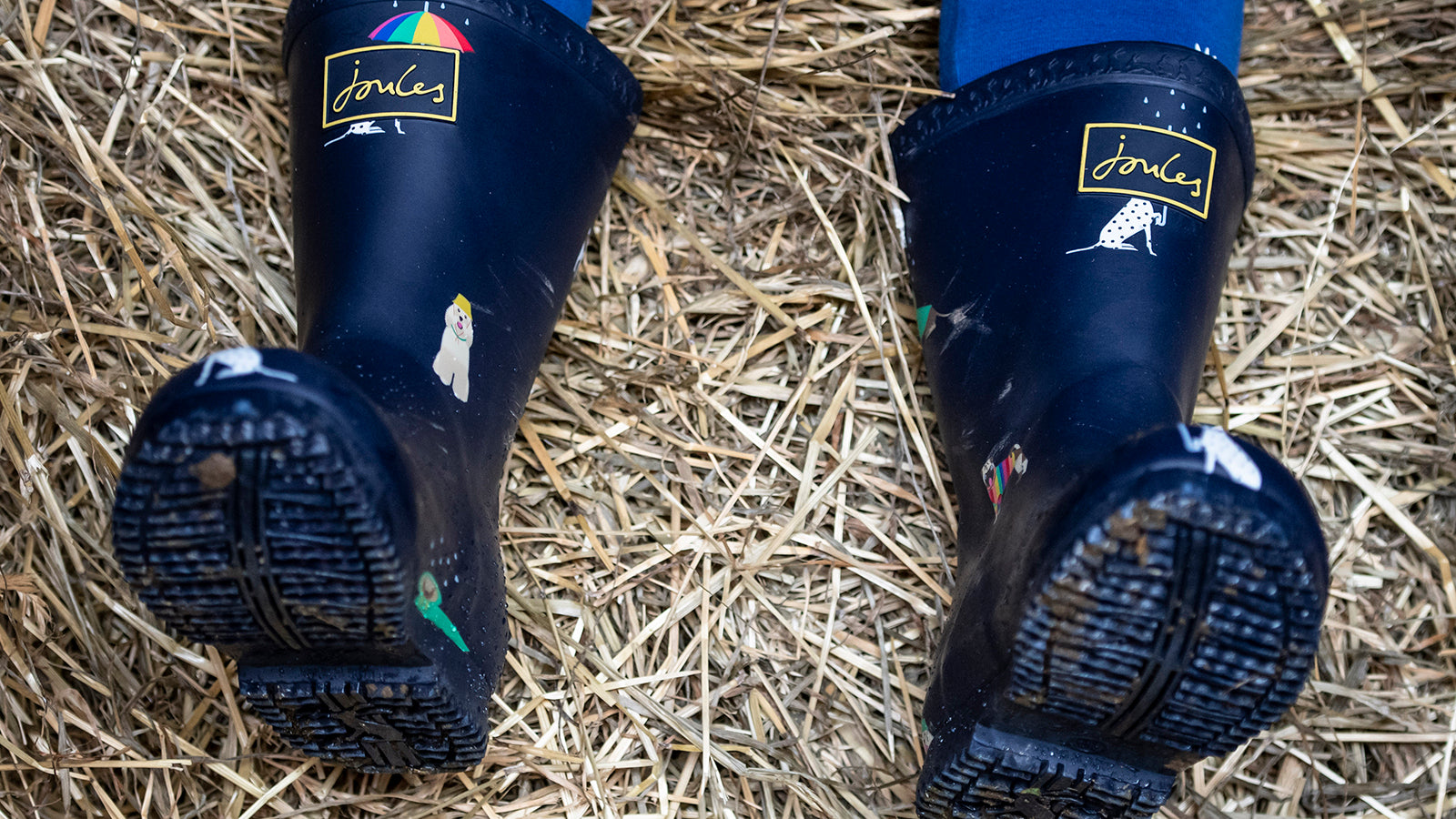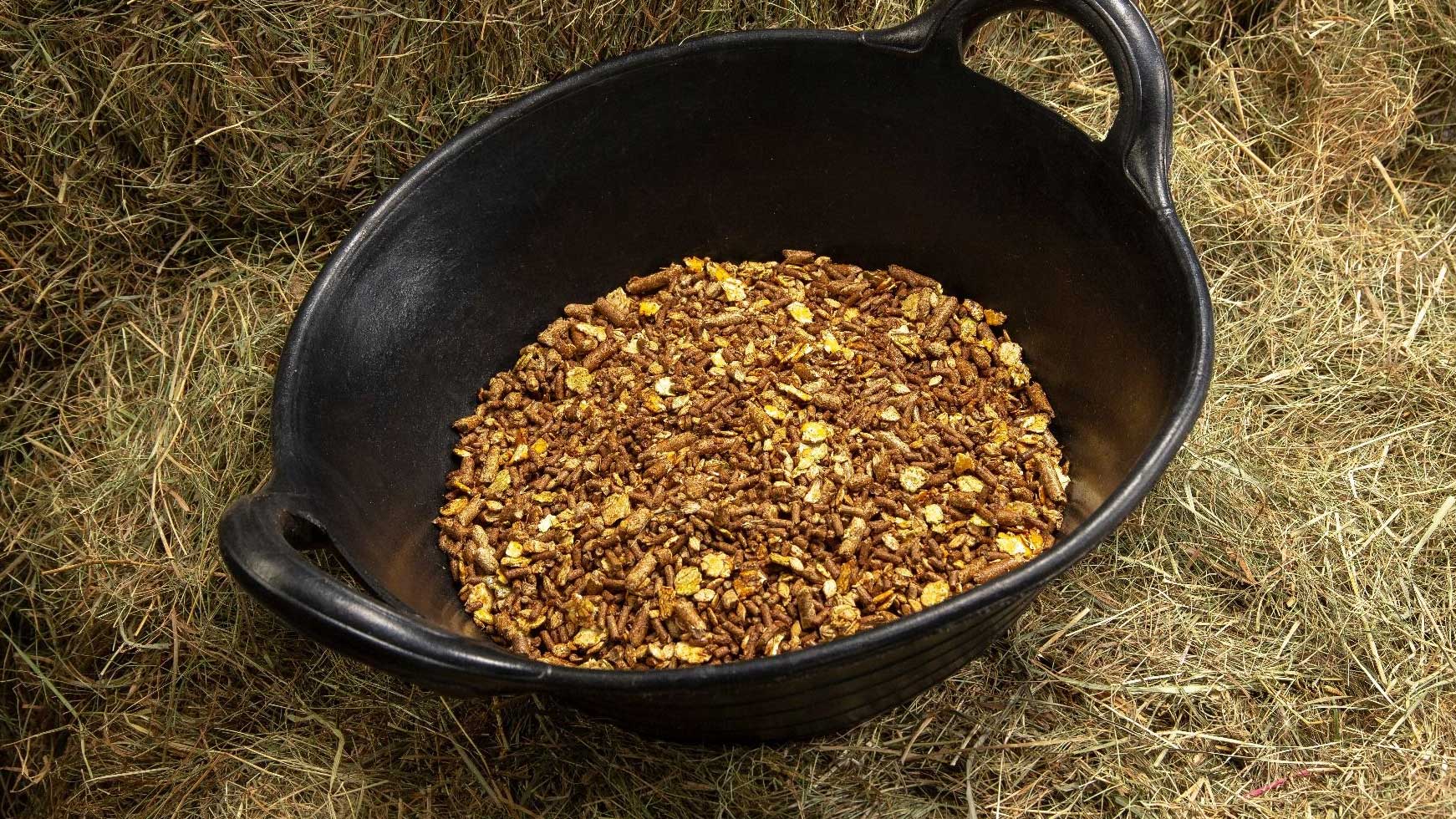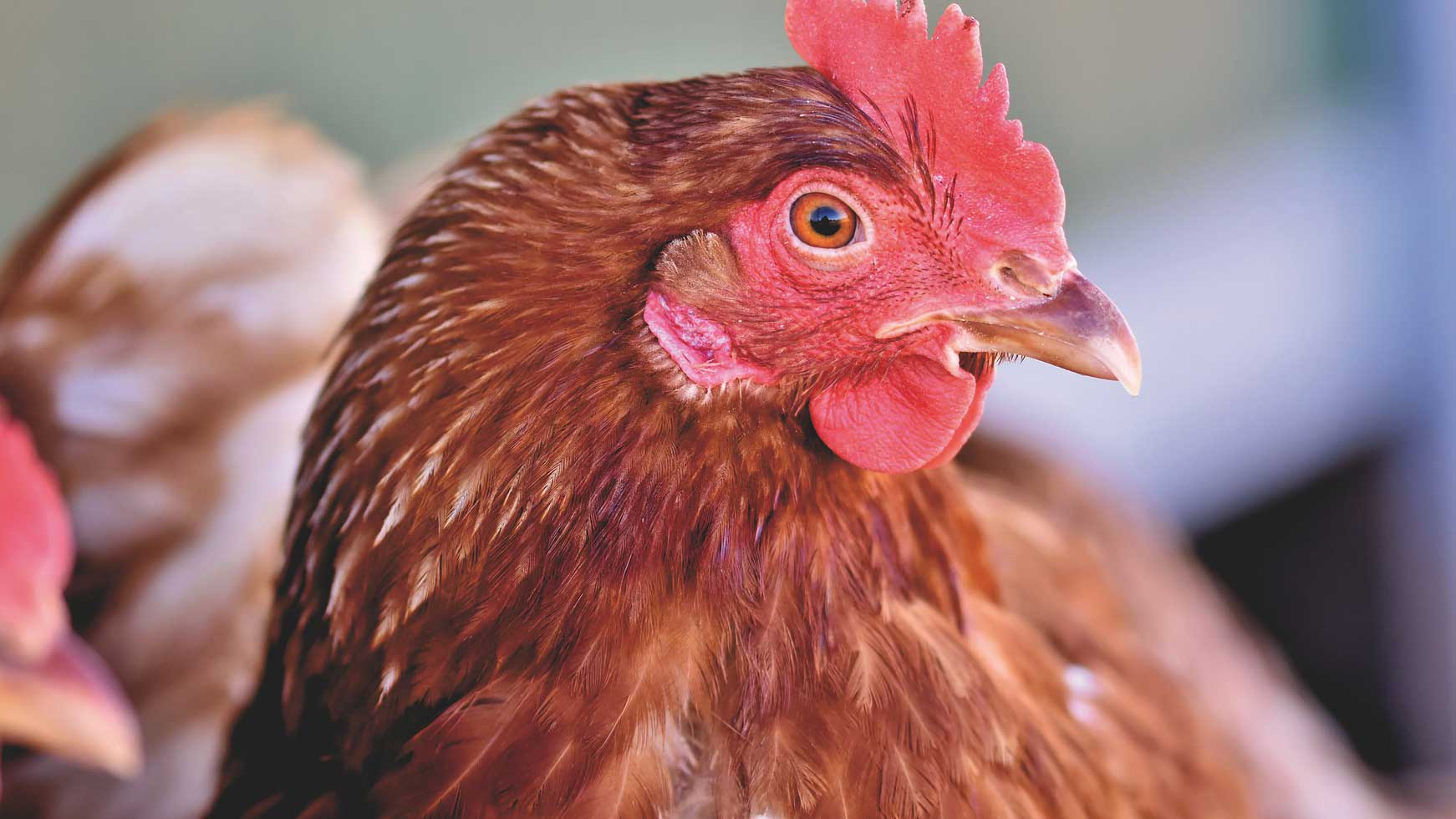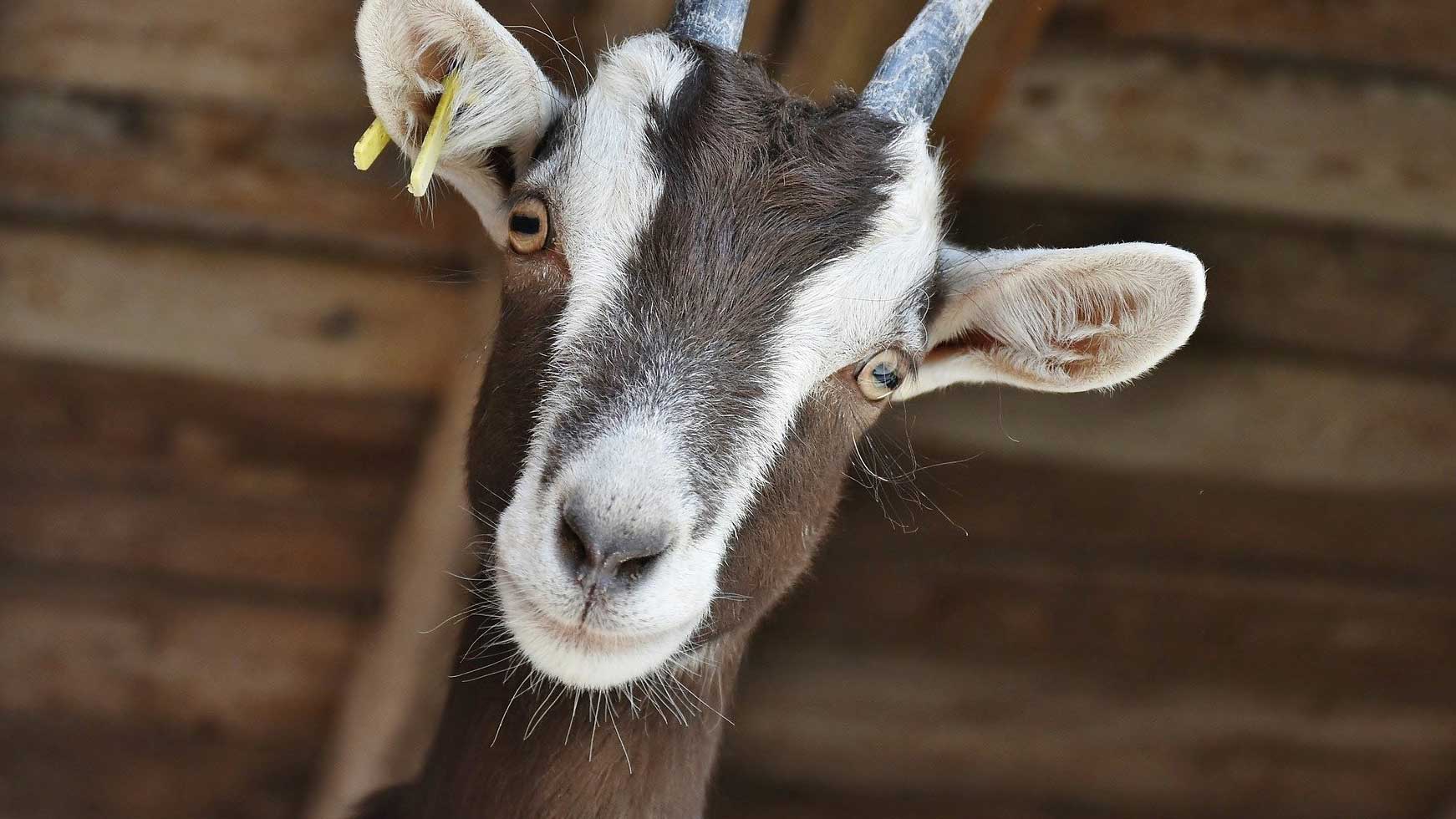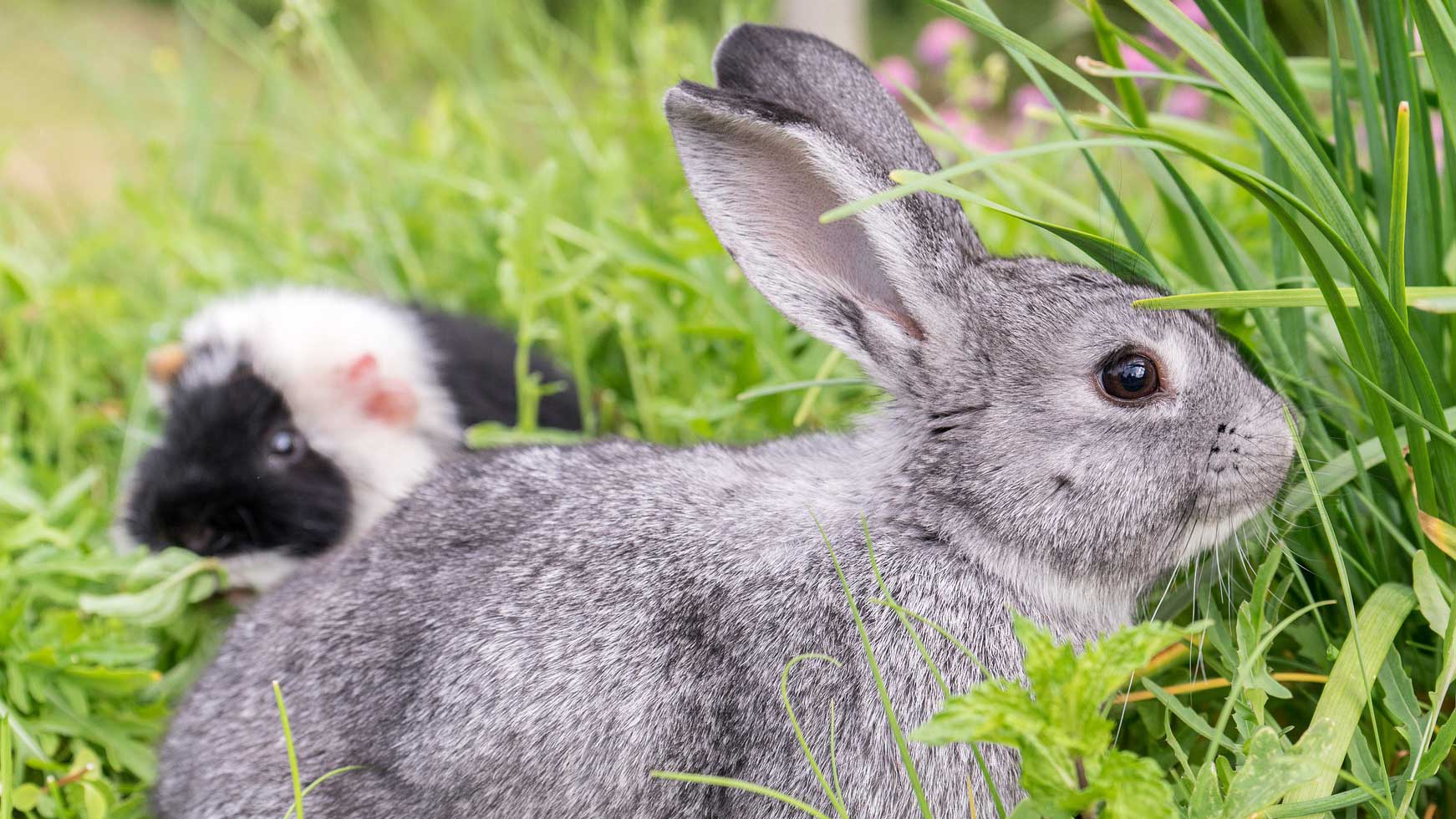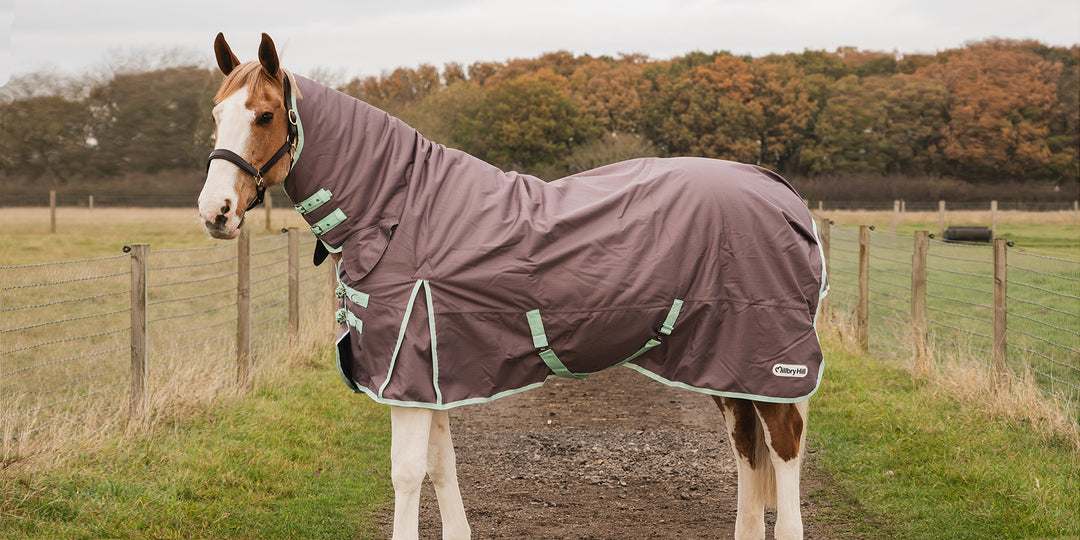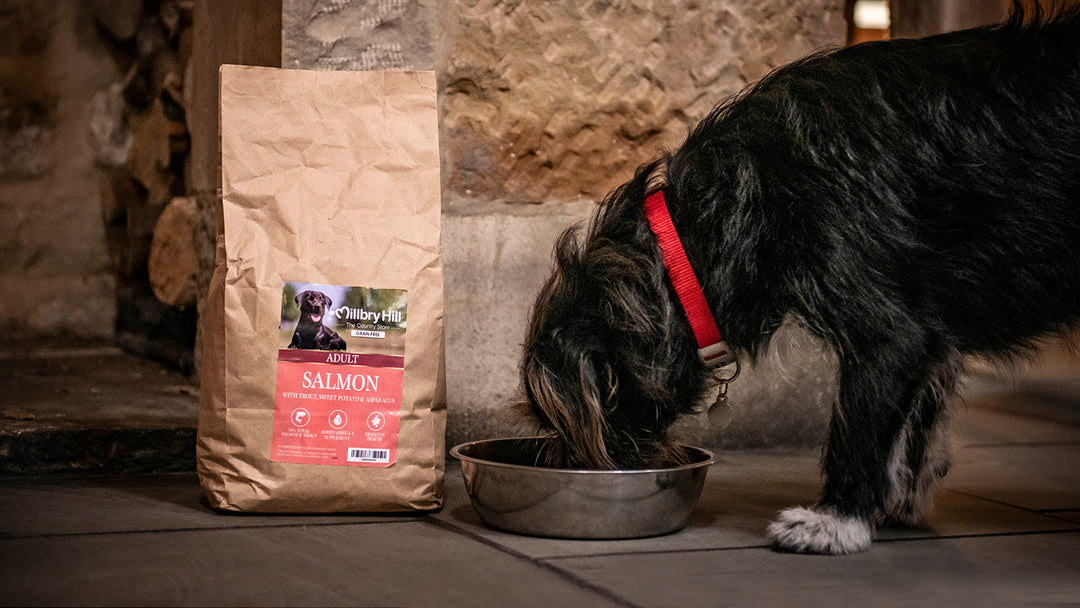Julius-K9 Size Guide
Julius-K9 Harness Size & Fit Guide
For the safety and comfort of your dog it is essential to measure your dog accurately to ensure harnesses are fitted correctly. The harness should be snug but not too tight. A wrong sized harness, or an incorrectly fitted harness, can cause injury and discomfort to your dog.
Julius-K9 IDC Powerharness
| Size | K9 Size | Chest Girth | Dog Weight | Example Breed |
| XX Small | Baby 2 | 33-45cm | 2kg - 5kg | Chihuahua, Yorkshire Terrier |
| X Small | Mini-Mini | 40-53cm | 4kg - 7kg | Border Terrier, Pug |
| Small | Mini | 49-67cm | 7kg - 15kg | Cocker Spaniel, Dachshund |
| Medium | Size 0 | 58-76cm | 14kg - 25kg | Beagle, Border Collie |
| Large | Size 1 | 63-85cm | 23kg - 30kg |
Greyhound, Boxer |
Measuring Your Dog for a Harness
You will need to measure you dog’s chest circumference to know which size of harness you need.
Step 1) Place four fingers behind the dog’s front legs for harnesses sized 0 to 4, and two fingers for harnesses sized Baby 1 and Baby 2. Roughly for small dogs there should be 1 inch behind front leg and for medium and large dogs there should be 2 inches. *NOTE* The dog should have full swing of the front legs without the belly strap or buckle coming into contact with the armpit or elbow of the dog
Step 2) The finger furthest away from the front legs is where you will be measuring the circumference of the dog’s chest.
Step 3) Use a fabric tape measure to wrap around the dog’s chest. The tape measure should be snug, without being too tight or baggy.
Step 4) The dog’s chest size is where the end of the tape measure and the remaining portion meet.
Julius-K9 Adjustable Collar
| Size | Neck | Example Breed |
| Small | 27-42cm | Beagle, Border Collie, Border Terrier, Dachshund |
| Large | 39-65cm | Doberman, Bulldog, German Shepherd, Boxer |





